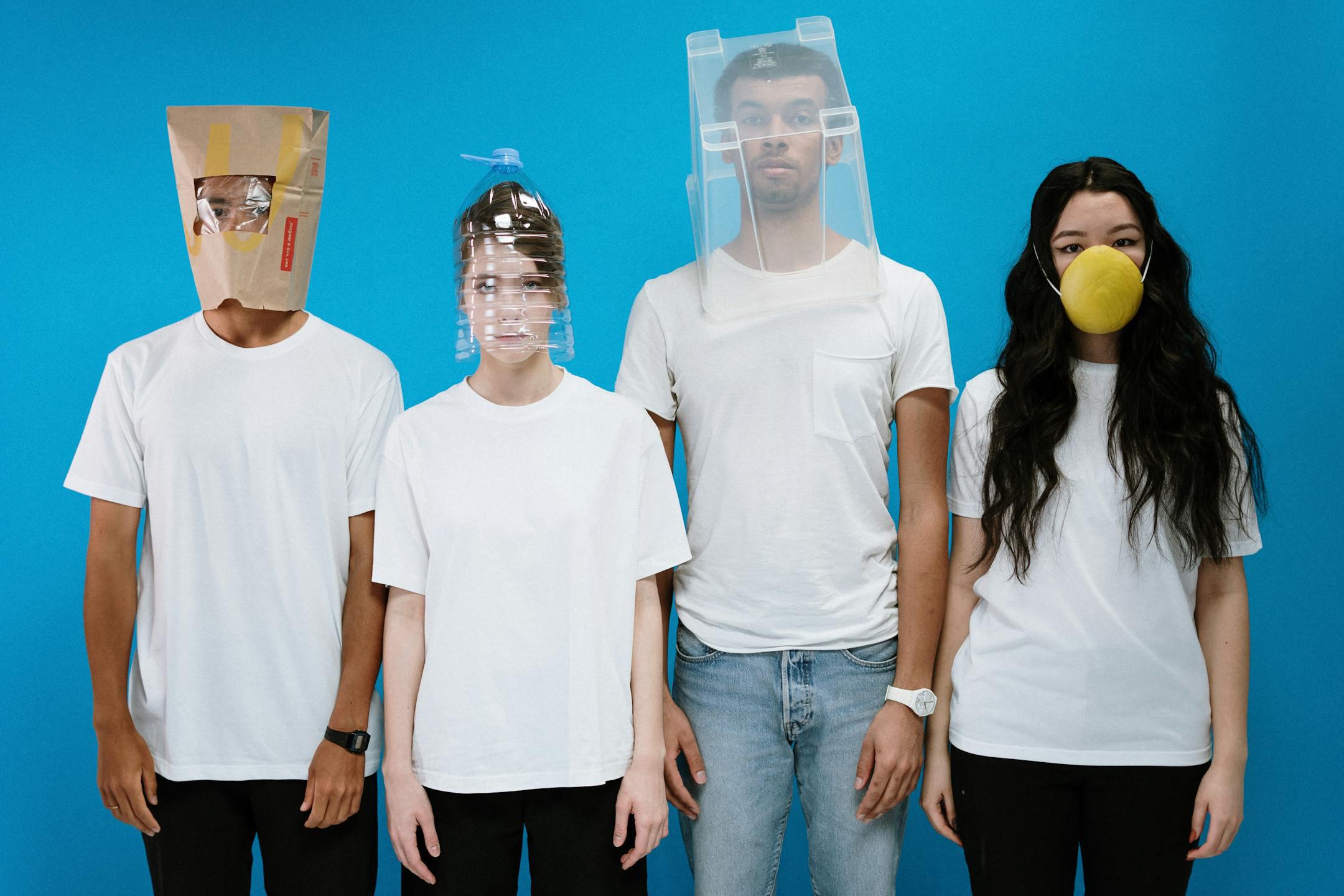Website designed with the B12 website builder. Create your own website today.
Start for free
The COVID-19 pandemic fundamentally reshaped the global mental health landscape. Anxiety, depression, and stress-related disorders surged across all demographics, leaving lasting impacts that are still unfolding. But while the world collectively endured the crisis, each generation experienced it in distinct ways.
Understanding these generational differences is key to addressing the ongoing mental health crisis and shaping better support systems. Whether you’re a Gen Z student struggling with uncertainty, a Millennial navigating burnout, or a Baby Boomer dealing with post-isolation loneliness, mental health concerns remain at the forefront of our post-pandemic world.
The Pandemic’s Mental Health Toll: A Shared Crisis
At the height of the pandemic, mental health concerns skyrocketed. The World Health Organization (WHO) reported a 25% increase in anxiety and depression worldwide. The Centers for Disease Control and Prevention (CDC) found that high school students, healthcare workers, and employees in high-stress jobs experienced significant emotional distress.
A 2021 survey by the CDC revealed that 37% of high school students struggled with mental health, with 44% reporting persistent feelings of sadness or hopelessness. Similarly, frontline healthcare workers reported higher rates of burnout and an increasing desire to leave their professions. The ripple effects of the pandemic continue to manifest today in subtle but profound ways.
While mental health challenges were universal, the experiences varied by age group. Each generation faced unique stressors, and their responses to the crisis shaped the mental health landscape we see today.
Mental Health by Generation: Who Was Hit the Hardest?
Gen Z (Born 1997-2012): The Most Impacted Generation
For Gen Z, the pandemic struck at a crucial developmental period. Isolation, disrupted education, and an uncertain job market took a heavy toll. Even before COVID-19, Gen Z was reporting the highest rates of stress and anxiety, and the pandemic exacerbated these issues.
Social media became both a coping mechanism and a source of additional stress. A recent study found that nearly a third of young people sought professional help for mental health challenges in the last three years. The pressure of academic performance, social disconnection, and fear for the future have made Gen Z the most mentally vulnerable generation post-pandemic.
Millennials (Born 1981-1996): The Burnout Generation
For Millennials, the pandemic was a collision of work, financial strain, and family responsibilities. Many faced job insecurity, while others struggled to balance remote work with childcare or homeschooling.
Burnout reached new heights as blurred boundaries between work and personal life left many feeling constantly overwhelmed. A lack of work-life balance, coupled with rising living costs, has led to persistent anxiety and stress among Millennials, making them one of the hardest-hit groups.
Gen X (Born 1965-1980): The Forgotten Generation in Crisis
Generation X often found themselves carrying a double burden—managing remote schooling for their children while also caring for aging parents. Known as the “sandwich generation,” they had to juggle multiple responsibilities with little support.
While Gen X is often overlooked in mental health discussions, their stress levels were among the highest during the pandemic. The strain of caregiving, job pressures, and financial concerns created a perfect storm for anxiety and exhaustion.
Baby Boomers (Born 1946-1964): Facing Isolation and Health Fears
For Baby Boomers, the primary concern during the pandemic was their physical health. As a high-risk group, they were more likely to isolate, leading to increased loneliness and depression. Many lost close friends or spouses, compounding grief and emotional distress.
However, studies show that older adults also exhibited resilience. A 2024 study found that life satisfaction among those aged 50 and over in England actually increased post-pandemic. Despite losses and isolation, many older adults have found ways to maintain social connections and adapt to change.
Silent Generation (Born 1928-1945): The Overlooked Struggles of the Oldest Generation
The Silent Generation faced some of the harshest consequences of the pandemic. Limited digital literacy often prevented them from connecting with loved ones through virtual means, intensifying feelings of loneliness. The loss of routine, combined with fears of the virus, contributed to heightened anxiety and depression.
For many in this group, access to mental health care remains a challenge. With therapy and telehealth services tailored more to younger generations, the Silent Generation often struggles to find the support they need.
The Future of Mental Health: Where Do We Go From Here?
As we navigate the post-pandemic world, mental health remains a critical issue. While there is now greater awareness and less stigma surrounding mental health struggles, challenges persist. The rise of telehealth, workplace wellness programs, and social support networks offers hope, but long-term solutions are needed.
What Can We Do?
Final Thoughts
The pandemic reshaped how we view mental health, making it clear that emotional well-being is just as important as physical health. Each generation has faced unique struggles, but the lesson remains the same—we must prioritize mental health as we move forward.
Now, more than ever, it’s time to take action. Whether it’s checking in on a friend, advocating for workplace reforms, or seeking help ourselves, the post-pandemic mental health crisis requires collective effort.
The conversation isn’t over. It’s just beginning. Let’s ensure mental health remains a priority for everyone, across all generations.